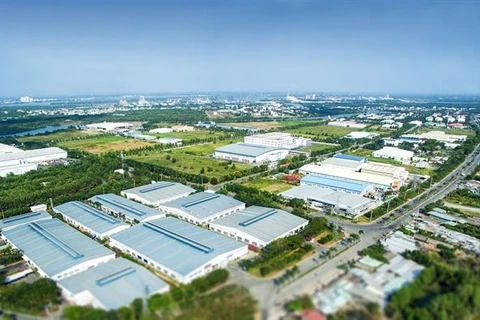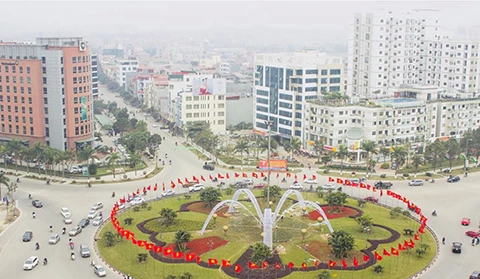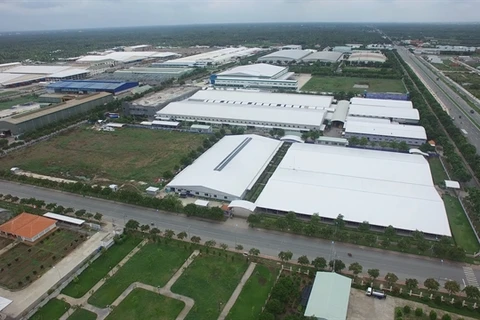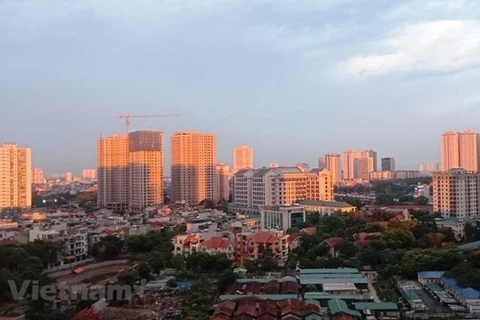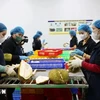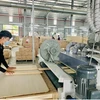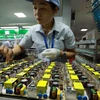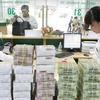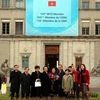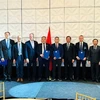Hanoi (VNA) – Foreign investors are planning to expand their operations in Vietnam this year, creating an opportunity for industrial property development despite the COVID-19 pandemic, according to experts.
The dautubds.baodautu.vn website quoted Trang Bui, National Head of Commercial Leasing at JLL Vietnam, as saying that Vietnam remains a promising destination, particularly now that many enterprises have moved their production out of China.
With developed infrastructure, the industrial real estate market in the north has become attractive to major manufacturers who want to diversify their production lines beside their existing establishments in China.
Alberto Vettoretti from Dezan Shira & Associates said COVID-19 and the US-China trade war will accelerate the move and expansion from China to Vietnam thanks to Vietnam’s remarkably improved supply chain.
John Campbell from Savills Vietnam expressed his belief that foreign investment in the industrial real estate market will continue to thrive thanks to the EU-Vietnam Free Trade Agreement (EVFTA).
According to JLL Vietnam, despite stagnation in transaction procedures, COVID-19 has had little impact on the industrial real estate market in the north, and the segment saw increasing demand in the first quarter of 2020.
Bac Ninh province and the port city of Hai Phong, with large supplies, remain the driving force of the market in the north.
Despite COVID-19, investors in industrial infrastructure have raised their prices with the hope of long-term investment.
The average price in the first quarter of this year hit 99 USD per square metre per lease term, up 6.5 percent from the same period last year. The price of industrial zones with surrounding walls – a favourite choice among small- and medium-sized enterprises – was at 4-5 USD per square metre per month, and the occupation rate reached 100 percent.
Meanwhile, the industrial real estate market in the south saw a slight decrease.
According to Le Anh Hieu, Marketing Director of Long Hau JSC, due to global travel restriction amid COVID-19, the number of investors who visited and explored industrial parks had dropped, and many investors are hesitant to make decisions during this sensitive period.
According to the Economic Zones Management Department under the Ministry of Planning and Investment, as of the end of March this year, Vietnam had 335 industrial parks with a combined coverage of 97,800 hectares. Of which, 66,100 hectares include infrastructure. As many as 260 industrial parks have been put into operation, accounting for 75.5 percent. The rest, sitting on 29,200 hectares, are under construction./.

